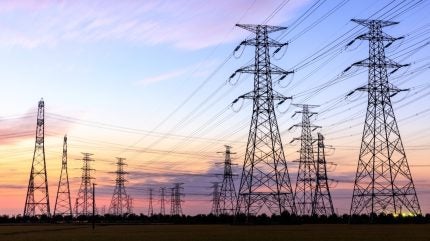
Italian power grid company Terna has announced plans to invest €16.5bn over the next five years to support Italy’s integration of renewable energy sources.
In comparison with a prior strategy, this will represent a 65% surge in capital investment in the group’s 2024–28 plan, which was drafted by new CEO Giuseppina Di Foggia.
In 2024, the company plans to invest around €2.6bn.
The investment will also be used to enhance digitalisation and flexibility of the national power network.
Di Foggia also revealed that the company is considering the possibility of buying distribution assets.
This follows new regulations incentivising power distributors to divest certain assets that could bolster Terna’s transmission operations.
She also mentioned that preliminary assessments are under way, aligning with media reports that Terna might allocate €1.5bn to acquire distribution assets from other Italian utilities.
The company stated that investments are needed to strengthen grid resilience by integrating digital and technological solutions, to withstand extreme weather events.
These can ensure efficient management of the network while assuring electricity supply and its quality.
Terna’s industrial plan also outlines a target to increase its adjusted core earnings significantly.
It projects an average annual growth of more than 8%, leading to earnings before interest, taxes, depreciation and amortisation (EBITDA) of €3.25bn in 2028, a substantial rise from €2.17bn recorded last year.
These financial goals are set against the backdrop of Italy’s draft energy and climate plan (PNIEC), which aims for 65% of electricity to be generated from renewable sources by 2030.
This includes a phase-out of coal by 2028 and a reduction in gas-fired power stations.
The company’s strategy also includes several key projects to accommodate the surge in renewable energy, which is predominantly intermittent and derived from diverse locations.
Notable projects include the Tyrrhenian Link, a submarine cable connecting Sicily with Campania and Sardinia; the Adriatic Link; and Elmed, an international interconnection between Italy and Tunisia.
Last month, Terna secured authorisation from Italy’s Ministry of Environment and Energy Security for its Adriatic Link submarine power line connecting the regions of Le Marche and Abruzzo.
The project is part of the PNIEC and plays a role in the strategic development of Italy’s energy infrastructure.



